Search Images
Browse Content (p. 1379)
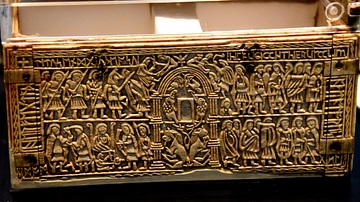
Image
The Capture of Jerusalem Panel of the Franks Casket
This is the back panel of the Franks/Auzon Casket. This panel depicts the capture of the city of Jerusalem in 70 CE by the Roman general (later Emperor) Titus. The inscription on this panel appears as a mixture of Old English, Latin, runes...
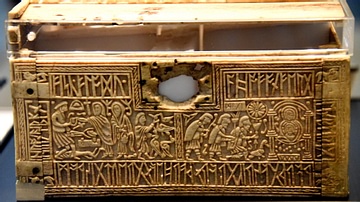
Image
Germanic & Christian Tales from the Franks Casket
The left half of this front panel of the casket refers to the Germanic tale of Weland, a smith who was imprisoned and lamed by a legendary king. Weland took revenge by killing the king's sons and turning their skulls into drinking cups. Here...

Image
Enki
Image of the Sumerian god Enki. Modern reproduction of a detail of the Adda seal (c. 2300 BCE)
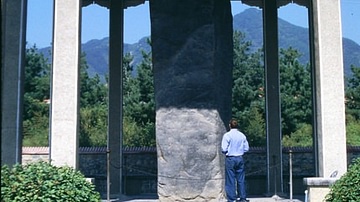
Image
Gwanggaeto Stele
The Gwanggaeto Stele which describes the key events of the Goguryeo king Gwanggaeto the Great (r. 391-413). The 7.3 metre tall stele was erected in 414 CE and stands outside the king's tomb at modern Tonggou, Korea.
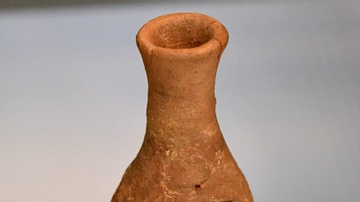
Image
Pottery Bottle from Sutton Hoo
This bottle is the only piece of pottery from the Sutton Hoo ship-burial. It was made on a wheel, like Frankish pottery; early Anglo-Saxon pottery was typically handmade. Unglazed and therefore porous, it was only suitable for viscous liquids...
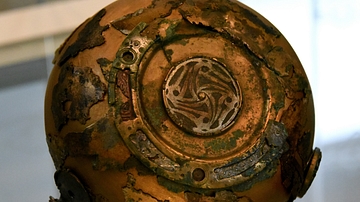
Image
Hanging Bowl from Sutton Hoo
This unusual medium-sized hanging bowl (made of copper-alloy) displays a curious mix of styles and techniques. The enamelled disc seen on the base is typically Celtic, while the open-work ring surrounding it is inlaid with stamped foil that...

Image
Detail of a Fluted Silver Bowl From Sutton Hoo
This large silver bowl has a diameter of 40.7 centimetres and weighs 2.02 kilogrammes. Its central roundel depicts a classical female head, who is facing to the left. From this roundel radiate a series of flutings, which run to the rim. The...
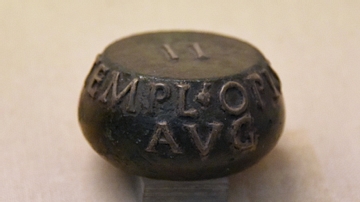
Image
Roman Bronze Weight
The weight is inscribed with the numeral II and the legend TEMPL(VM) OPIS AUG(USTAE). It may be a standard weight kept at the Temple of Ops (a goddess of plenty and fertility) on the Capitol at Rome. The weight is 713.6 grams, almost exactly...
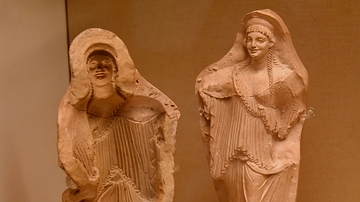
Image
Mould for Terracotta Statuettes
This mould was made for making terracotta statuettes of female figures. A modern cast (right) was taken from the mould. Made in modern-day southern Italy, about 100 BCE. From Taranto, southern Italy. (The British Museum, London).
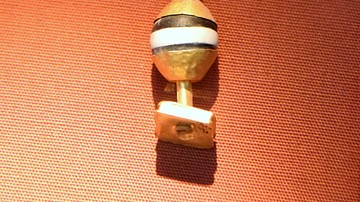
Image
Greek Earring from Crimea
This is one of a set of two earrings. The lion-head terminal in repousse is mounted in a cone of sheet metal with embossed decoration. The loop for the ear was made from three twisted wires soldered together and merging into one. From this...